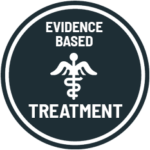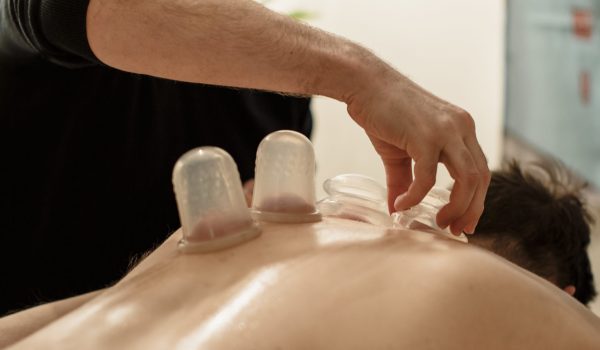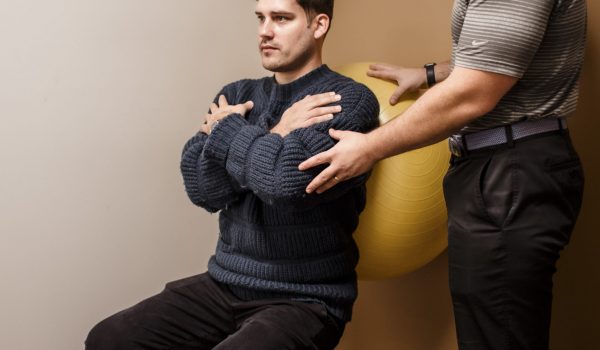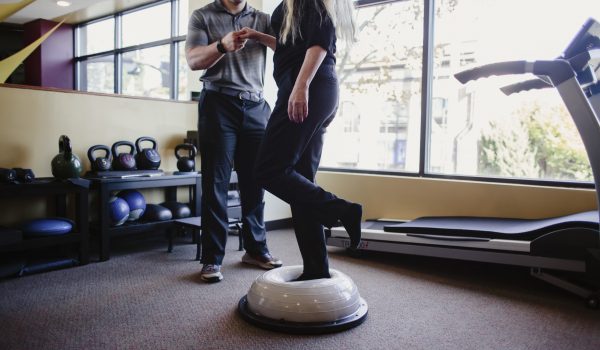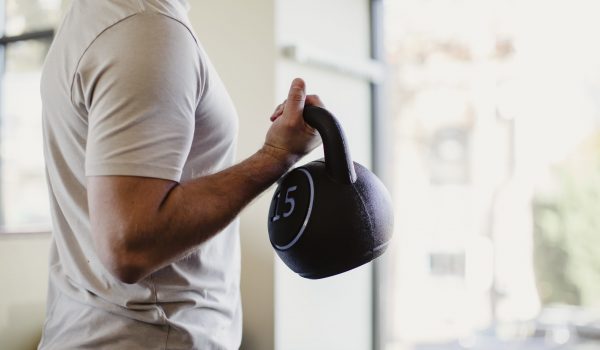What is whiplash?
Whiplash is currently defined as a traumatic injury to the soft tissue structures (including muscles, tendons, ligaments) in the region of the cervical spine (neck) caused by hyperflexion, hyperextension, or rotation injury in the absence of fractures, dislocations, or intervertebral disc herniations.
Most commonly, this results from motor vehicle accidents (MVA), but it can occur after any high-impact trauma. The injury may be immediately apparent, but commonly it takes a number of days, or even weeks, for the symptoms of whiplash to fully appear. These typically involve pain (which may be achy, sore, sharp, shooting, burning), stiffness and tightness, and often weakness. It is common for headaches and jaw pain or clicking to appear in connection with whiplash, as well as difficulty sleeping.
How is whiplash treated?
Medical interventions currently available to address some of the symptoms of whiplash usually include a cervical collar (neck brace) and prescription muscle relaxants and painkillers. Initially, there is so much pain and muscle spasm in the wake of a traumatic incident that it seems intuitive to avoid moving the injured area as much as possible, which is part of why neck braces are recommended. However, research suggests that early mobilization produces better outcomes sooner than bracing/immobilization with a collar. Therefore, it is important to include frequent gentle movement and stretching, as this will help increase circulation and quicken healing times to injured tissues, and will also ensure that scar tissue fibers align more smoothly during healing. The body is very intelligent and complex, and muscles, tissues, and bones respond to stresses in the body to determine fiber alignment. If the neck is completely immobilized throughout the entire healing process following a whiplash injury, the scar tissue that is produced is very disorganized and limits normal movements long after the injury has healed. By applying the right stretches and strengthening exercises while the scar tissue is still forming and the muscles are healing, it is possible to influence the alignment of the scars so that muscle movement and strength is easier to recover and maintain.
For a more complete evaluation and management approach to injuries of the muscles, joints, and nerves, it is well worth pursuing Physical Medicines such as Chiropractic care, Physiotherapy, Acupuncture, and Massage. These methods directly address injured tissues to facilitate proper healing, remobilize tissues and prevent permanent limitations related to scar tissue formation, and restrengthen areas once tissue integrity is improving.
What can you do about whiplash at home?
As with any injury to the musculoskeletal (MSK) system, full recovery will be more possible with an appropriate Self Care regimen. Early in the process of healing, we recommend a few simple at-home remedies, which are described and demonstrated in our whiplash videos.
- Alternating ice and heat.
◦ In the most acute stages, we recommend ice more than heat. After a week or so, it will be helpful to alternate heat and ice.
- Isometric exercises, i.e. lightly resisted movements of the neck.
- Light stretches, only in a range of motion that does not cause sharp pain
- Pain-free AROM
- Exercises can be performed between cycles of heat and ice; for example, you may warm the area you will be exercising to loosen tissues prior to movement, then perform the stretches and isometrics, and then afterward ice the area to diminish pain and inflammation.
How long does whiplash take to heal?
Muscle, tendon, and bone injuries usually take 6-10 weeks to heal for a mild injury, but injuries and associated symptoms could last months to years, or even a lifetime if not appropriately managed. This is why it is important to seek appropriate care as soon as possible, to diminish the length of time needed for injury healing, and to more quickly address and resolve the sources of pain and disability. It is important to understand that disability does not necessarily imply the use of wheelchairs or walkers; it just means that ability to pursue normal activities has been diminished in some way. Even if you are not utilizing braces, wheelchairs, walkers, or any other form of support, disability may be present as long as any of your normal activities is affected by your pain, stiffness, or other symptoms.
Red flags for whiplash injuries:
If you experience any of the below symptoms associated with your whiplash injury, seek immediate medical care and report them to your provider:
- loss of consciousness
- Changes in memory, focus, and emotional state are common with traumatic incidents like MVAs, but may also indicate underlying brain injury
- Constant running of the nose
- Persistent, extremely severe, or worsening headaches that have never before occurred.
- Numbness, tingling, or weakness in the hands or feet
- Changes in vision, hearing, or sense of smell
- New episodes of dizziness
- Sudden loss of coordination, increased clumsiness
- Random drop attacks (collapsing suddenly)
- Difficulty speaking or swallowing



